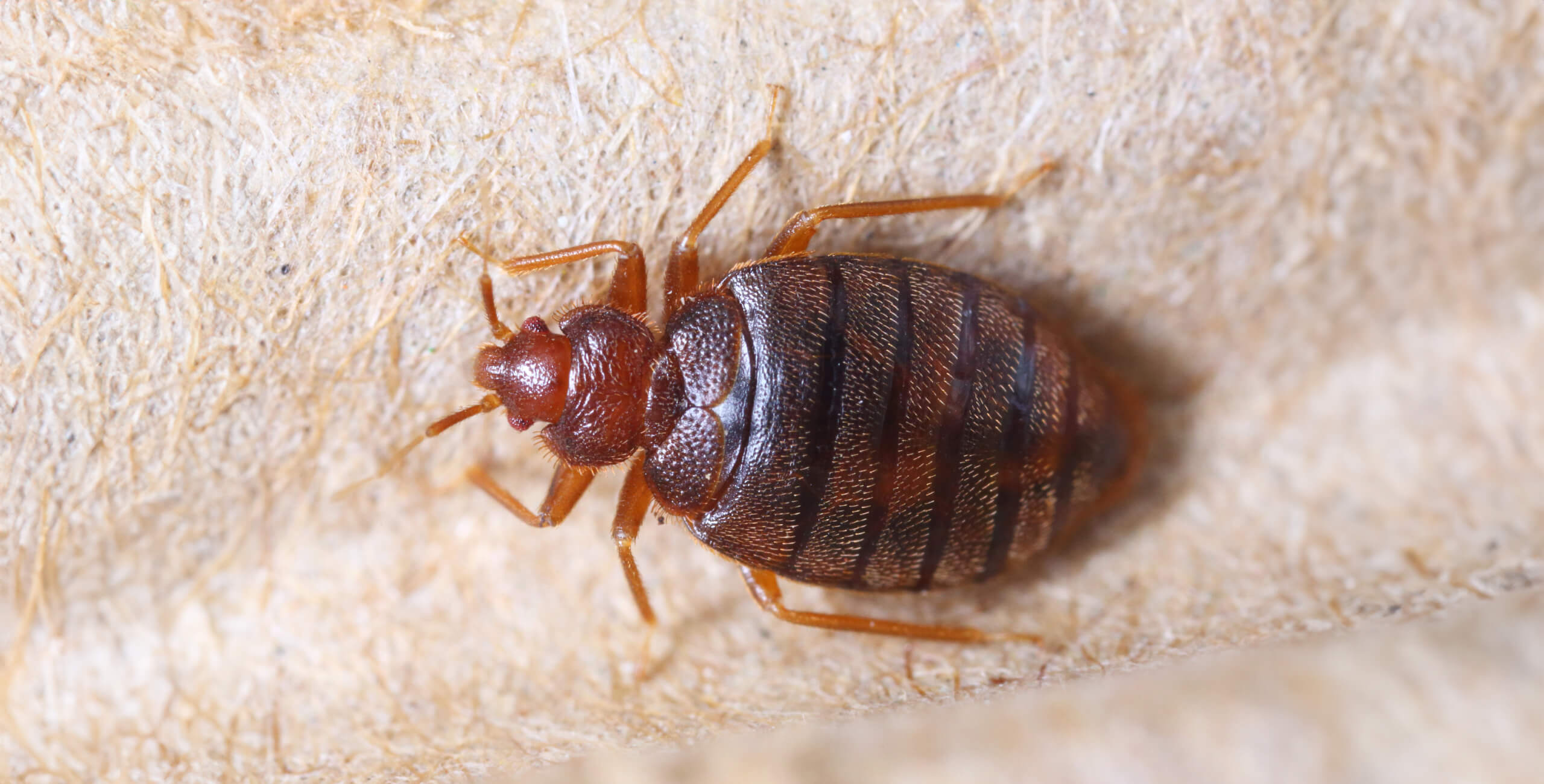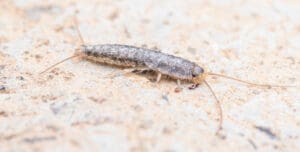

Dealing with bed bugs in New Jersey can be a frustrating and overwhelming experience. These resilient pests can invade homes, hotels, and businesses, making effective treatment essential. In this article, we’ll explore the most reliable bed bug control methods, from heat treatments to fumigation, which help eliminate infestations safely and efficiently.
Identifying Bed Bugs in Their Preferred Habitats
Bed bugs are small, oval-shaped, reddish-brown insects. Their body shape is reminiscent of an apple seed and they are no more than ¼ inch in size. They have flat bodies that can swell after feeding, making them appear more elongated and reddish in color. Bed bugs do not fly, but they move quickly across surfaces like floors, walls, and ceilings.
To identify bed bugs, look for signs like live bugs, tiny white eggs or eggshells that are about 1 mm in size, shed skins from molting, or small rust-colored spots on bedding or mattresses, which are either bed bug droppings or bloodstains from bites. Common places to find bed bugs include seams of mattresses, box springs, bed frames, headboards, cracks in furniture, behind wallpaper, and inside electrical outlets. Bed bugs are most active at night and tend to hide in dark, secluded areas during the day. They are most often found in and around areas where people sleep or lounge, like bedrooms and living rooms.
Are Bed Bugs Dangerous?
Bed bugs do not carry diseases and are therefore not considered dangerous, but their presence can pose several health and safety risks. The primary concern regarding bed bug infestations is their bites, which can cause discomfort and allergic reactions. Bites often result in itchy, red welts on the skin, which can lead to secondary infections due to scratching. Although they are not known to transmit diseases, the psychological impact of bed bug infestations can lead to anxiety, insomnia or sleep disruption, and stress. Their presence can also lead to social stigma, affecting personal relationships as well as business reputations.
Regarding damage risks, bed bugs do not cause any sort of structural damages. However, infestations typically require costly extermination efforts as well as the need to replace infested furniture, clothing, or bedding. Infestations can also impact property value, making it challenging to sell or rent affected spaces.
Bed Bug Treatments: An Overview
There are several types of bed bug treatments that pest experts use to eradicate infestations. The method used will usually depend on the severity of the infestation, along with several other factors such as property type (business or residential), property size, whether or not there are at-risk occupants like children or pets, and more.
Heat Treatments
Bed bug heat treatments involve raising the temperature of an infested area to between 120°F and 140°F (49°C to 60°C), effectively killing bed bugs and their eggs. Specialized equipment is used to distribute heat evenly throughout the affected space, including hidden areas where bed bugs may be hiding. This process typically lasts between 6 and 8 hours to ensure thorough extermination. After treatment, the area is cooled down, and any remaining dead bugs are vacuumed up for proper disposal.
Insecticides
Bed bug insecticide treatments use chemical products specifically formulated to target and kill bed bugs at various life stages, including eggs, nymphs, and adults. These insecticides can be applied as sprays, dusts, or aerosols in areas where bed bugs are likely to hide, such as seams of mattresses, baseboards, and furniture crevices. Some treatments disrupt the insects’ nervous systems, while others act as growth regulators, preventing eggs from hatching.
Steam Foams
Bed bug steam foam treatments involve using a specialized steam machine that generates high-temperature steam mixed with foam to penetrate surfaces and kill bed bugs and their eggs. The steam is applied directly to infested areas, such as mattresses, furniture, and baseboards, effectively reaching hidden crevices. The high heat disrupts the insects’ proteins and cell structures, resulting in immediate mortality. This method is effective because it avoids chemicals, making it a safer option for sensitive environments, such as homes with children and pets.
Fumigation
Bed bug fumigation treatments involve sealing off an entire space, such as a home or business, and filling it with a gas or vapor insecticide that penetrates all areas, including hidden cracks and crevices. This method is typically reserved for severe infestations, as the fumigant can pose certain health risks. The process usually requires residents to evacuate for several days while the fumigant dissipates, ensuring safety before reentry.
How Long Does It Take To Get Rid of Bed Bugs?
The unfortunate fact about bed bugs is that their extermination almost always requires more than one service visit, no matter what technique is used. Treatment durations vary depending on the method:
Heat Treatments
These typically take 6-8 hours to complete. The property needs to be vacant during treatment and can usually be reentered once the temperature returns to a safe level, typically within a few hours.
Insecticide treatments
These may take a few hours for application but often require multiple treatments over several weeks. Residents usually need to vacate the property for a few hours after each treatment until the insecticide dries and the fumes dissipate.
Steam foam treatments
The application takes 1-3 hours depending on the extent of the infestation. No extended vacancy is typically needed, and residents can usually reenter the property shortly after treatment.
Fumigation treatments
Fumigation can take 24-48 hours, plus an additional 1-2 days for the fumigant to dissipate. Properties must remain vacant for the entire duration and until air quality is confirmed safe.
Bed Bug Prevention: Tips for Residential and Commercial Properties
To prevent bed bugs in both residential and commercial properties, several proactive measures can be taken:
- Regular inspections: Frequently check mattresses, furniture, and cracks for signs of bed bugs, especially in high-risk areas like hotels, apartments, or dorms.
- Seal entry points: Close cracks in walls, floors, and furniture to reduce potential hiding spots.
- Minimize clutter: Bed bugs thrive in cluttered environments, so keep spaces tidy to limit hiding places.
- Proper hygiene: Launder bedding and clothing in hot water and dry in high heat, and regularly vacuum carpets and upholstery.
- Careful travel habits: To avoid bed bugs in hotels, inspect luggage and clothing after your trip so as to not bring bed bugs into your home. For businesses, implement protocols for inspecting deliveries, guest rooms, and common areas.
- Protective covers: Use bed bug-proof mattress and box spring encasements to prevent infestations.
- Staff training (for businesses): Train employees to recognize signs of bed bugs and respond quickly to prevent widespread infestations in hospitality or residential complexes.
Finding a Bed Bug Control Expert Near You
When selecting a bed bug control expert, look for licensed and certified professionals with experience specifically in bed bug treatment. Verify their credentials through local or national pest control associations, and ensure they follow integrated pest management (IPM) practices, which combine multiple treatment methods for effective, long-term control. Seek references or reviews from previous clients to assess their reputation.
The expert should provide a clear inspection process, detailed treatment plan, and upfront pricing. Be wary of companies offering guaranteed single-treatment solutions, as bed bug eradication often requires follow-up visits. Ensure they offer multiple treatment options, such as heat, steam, insecticide, or fumigation, depending on your needs. Lastly, inquire about warranties or guarantees to ensure proper follow-up and peace of mind if bed bugs return.
At Twin-Boro, we specialize in bed bug control using Integrated Pest Management (IPM) for safe, effective, and lasting results. Our experts conduct thorough inspections and customize treatment plans tailored to your specific infestation. We guarantee our services, returning as often as needed until your bed bug problem is completely resolved. For more information about the residential pest control and commercial pest control services we offer, or to schedule a free bed bug inspection, don’t hesitate to contact us today.






